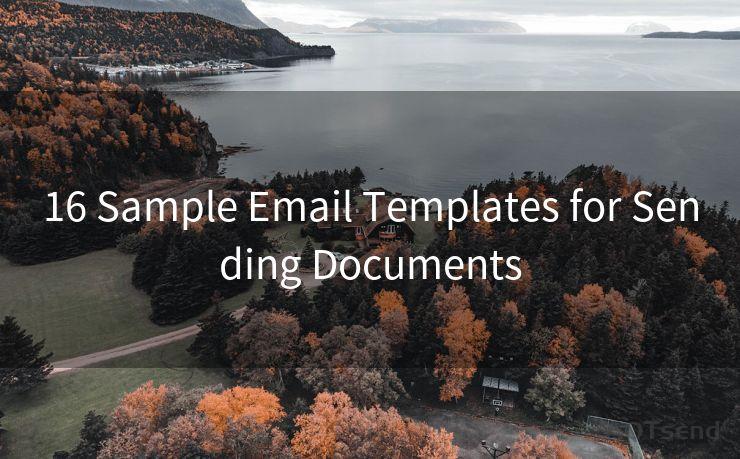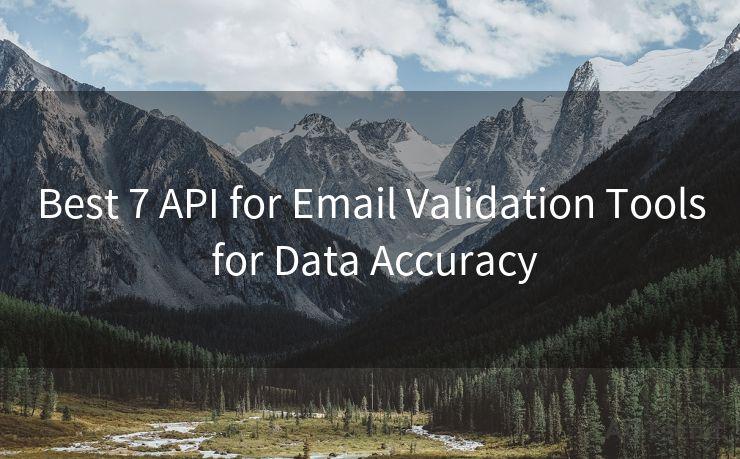16 Free Temp Mail API Best Practices
Hello everyone, I’m Kent, the website admin. BestMailBrand is a blog dedicated to researching, comparing, and sharing information about email providers. Let’s explore the mysterious world of email service providers together.




When it comes to developing applications or testing services that require email functionality, using a temporary email API can be a game-changer. These APIs provide disposable email addresses that are perfect for situations where you don't want to use your personal or business email. In this article, we'll explore the 16 best practices for using free temporary email APIs effectively.
1. Understand the API Limits
Before integrating any free temporary email API into your project, it's crucial to understand its limitations. These may include rate limits, message retention periods, and inbox capacity. By knowing these limits, you can avoid unexpected issues during development or testing.
2. Choose the Right API for Your Needs
Not all temporary email APIs offer the same features or reliability. Research different options and select the one that best fits your specific requirements, whether it's a large inbox capacity, long message retention, or advanced filtering options.
3. Secure Your API Keys
Protect your API keys like you would any other sensitive information. Don't hardcode them into your application, and consider using environment variables or a secure key management system to store them.
4. Handle Errors Gracefully
Implement robust error handling mechanisms to manage API failures gracefully. This includes checking for error codes, reading error messages, and taking appropriate actions when issues arise.
5. Optimize for Performance
When making API requests, optimize for performance by minimizing the number of calls and reducing the amount of data transferred. This can be achieved by batching requests, using pagination, and only fetching the data you need.
6. Monitor API Usage
Keep track of your API usage to ensure you're not hitting rate limits or incurring unexpected costs. Monitoring tools can help you identify patterns and adjust your usage accordingly.
7. Validate and Sanitize Inputs
Always validate and sanitize user inputs before making API requests. This helps prevent injection attacks and ensures that your application handles unexpected data gracefully.
8. Use the API Documentation
Familiarize yourself with the API documentation. It's your go-to resource for understanding how to use the API effectively, including endpoint details, request parameters, and response formats.
9. Test in a Sandbox Environment
Before deploying to production, test your integration in a sandbox or development environment. This allows you to identify and fix issues without affecting live users.
10. Implement Logging and Monitoring
Set up logging and monitoring to track API requests, responses, and errors. This information is crucial for troubleshooting and optimizing your application's performance.
11. Handle Email Attachments Carefully
If the API supports email attachments, handle them with care. Ensure you have sufficient storage capacity, and implement security measures to prevent malicious files from being uploaded.

12. Comply with Email Regulations
Be aware of and comply with email regulations, such as CAN-SPAM in the US or GDPR in Europe. These regulations govern how you can collect, store, and use email addresses.
13. Use the Latest API Version
Keep up to date with the latest API version to ensure compatibility and access to new features. Deprecated APIs may not receive security updates or bug fixes.
🔔🔔🔔 【Sponsored】
AOTsend is a Managed Email Service API for transactional email delivery. 99% Delivery, 98% Inbox Rate.
Start for Free. Get Your Free Quotas. Pay As You Go. $0.28 per 1000 Emails.
You might be interested in:
Why did we start the AOTsend project, Brand Story?
What is a Managed Email API, How it Works?
Best 24+ Email Marketing Service (Price, Pros&Cons Comparison)
Best 25+ Email Marketing Platforms (Authority,Keywords&Traffic Comparison)
14. Cache Responses Appropriately
Caching API responses can significantly improve performance, especially if you're frequently requesting the same data. However, be mindful of caching sensitive or time-sensitive information.
15. Consider the User Experience
When integrating a temporary email API into a user-facing application, consider the user experience. Ensure that email functionality is intuitive and doesn't cause confusion or frustration.
16. Regularly Review and Update Your Integration
Technology and APIs evolve. Regularly review your integration to ensure it's still effective, secure, and compliant with any updates or changes to the API.
By following these best practices, you can maximize the effectiveness and security of your temporary email API integration. Remember, each API is unique, so always refer to the specific documentation for detailed guidance.




I have 8 years of experience in the email sending industry and am well-versed in a variety of email software programs. Thank you for reading my website. Please feel free to contact me for any business inquiries.
Scan the QR code to access on your mobile device.
Copyright notice: This article is published by AotSend. Reproduction requires attribution.
Article Link:https://www.bestmailbrand.com/post7246.html











